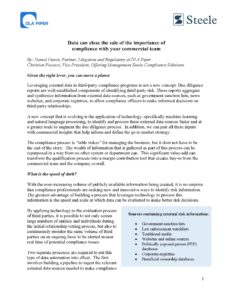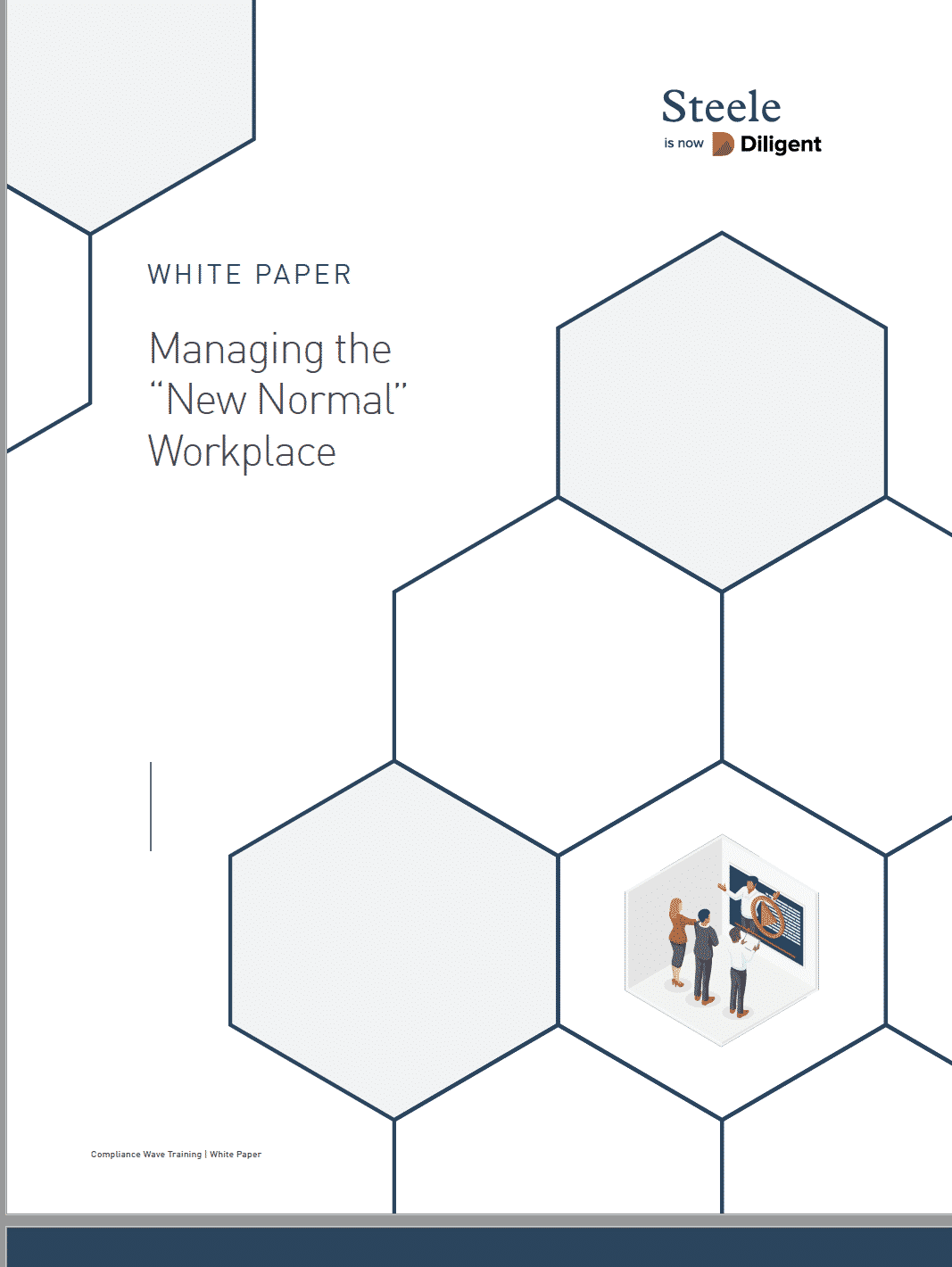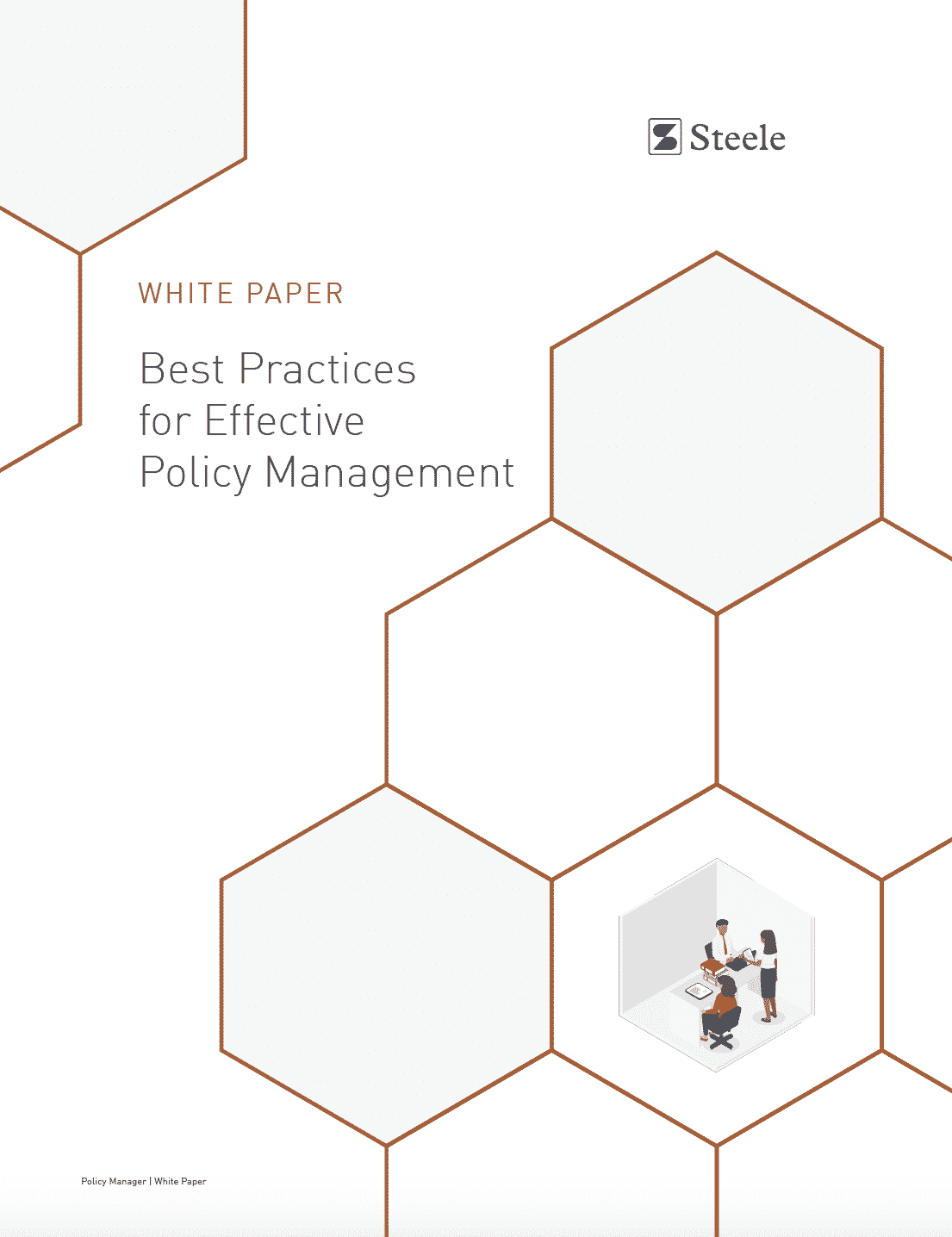Given the Right Lever, You Can Move a Planet
Leveraging external data in third-party compliance programs is not a new concept. Due diligence reports are well-established components of identifying third-party risk. These reports aggregate and synthesize information from external data sources, such as government sanction lists, news websites, and corporate registries, to allow compliance officers to make informed decisions on third-party relationships.
A new concept that is evolving is the application of technology, specifically machine learning and natural language processing, to identify and process these external data sources faster and at a greater scale to augment the due diligence process. In addition, we can pair all these inputs with commercial insights that help inform and define the go to market strategy.
The compliance process is “table stakes” for managing the business, but it does not have to be the end of the story. The wealth of information that is gathered as part of this process can be repurposed in a way that no other system or department can. This significant value-add can transform the qualification process into a margin contribution tool that creates buy-in from the commercial team and the company overall.
Third Party Due Diligence
With the ever-increasing volume of publicly available information being created, it is no surprise that compliance professionals are seeking new and innovative ways to identify risk information. The greatest advantage of building a process that leverages technology to process this information is the speed and scale at which data can be evaluated to make better risk decisions.
By applying technology to the evaluation process of third parties, it is possible to not only screen large numbers of entities and individuals during the initial relationship vetting process, but also to continuously monitor the same volume of third parties on an ongoing basis to be alerted in near real time of potential compliance issues.

 Back to Insights
Back to Insights



